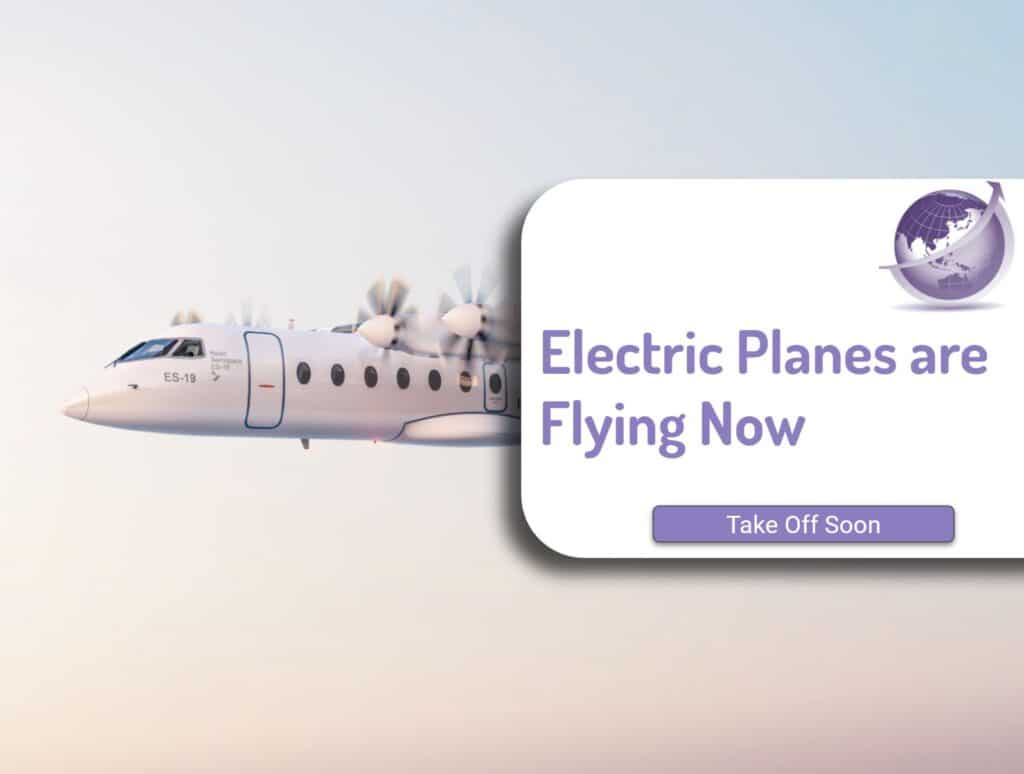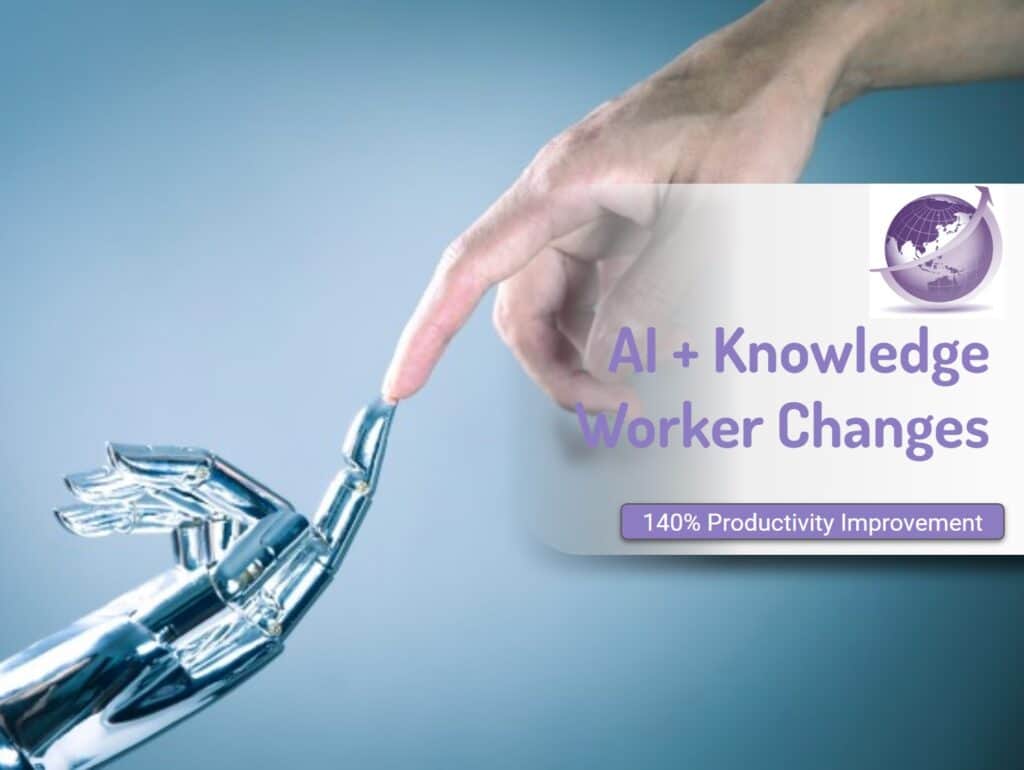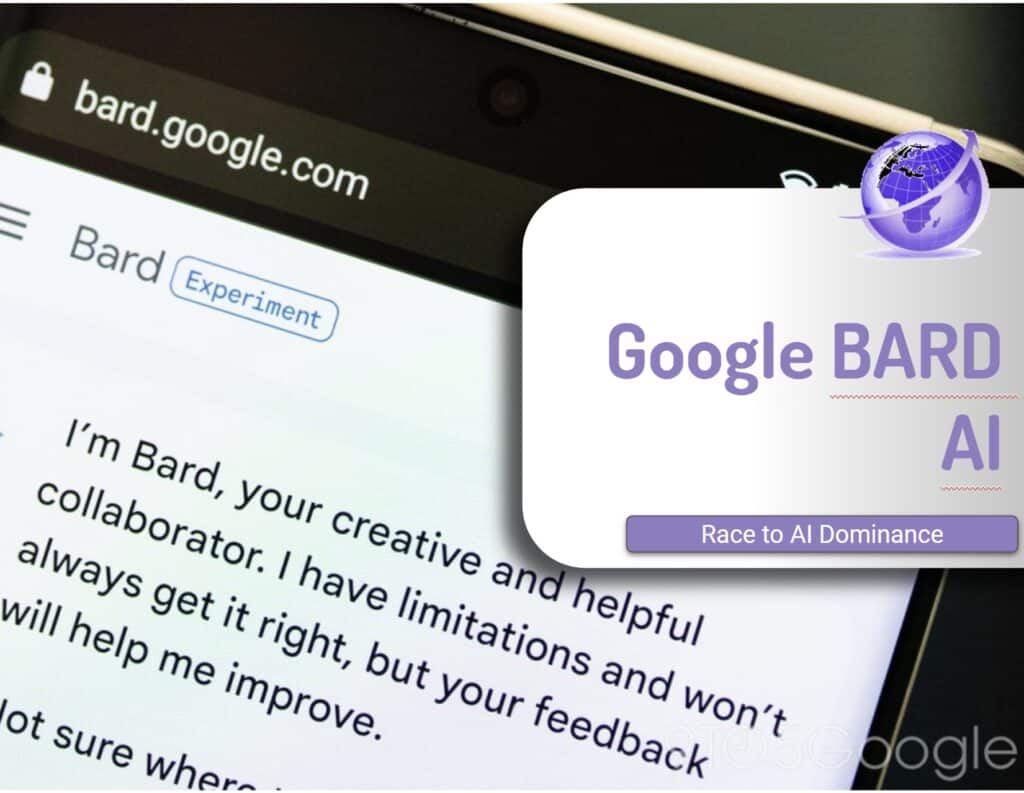New Atlas and others report that humanoid robots for airplanes with ChatGPT in simulators are as good as real pilots. The humanoid form allows them to sit in a pilot’s chair, adjust all the knobs and switches are real person does, can read and interpret all the information presented from the aircraft control panel.
Electric planes are coming, but robotic piloting will add a whole new dimension to flying.
Humanoid robots have the advantage that the interface and controls do not need to change. Simply replace a human with a robot. This concept is used by Tesla in their Optimus robotic development.
Powered by ChatGPT (Large Language Model) means it can store all the pilot manuals, all the aircraft manuals. The Korea Advanced Institute of Science and Technology team (KAIST) says their creation can fly a plane without any modifications to the flight deck.
Robot Pilot: A New Autonomous System Toward Flying Manned Aerial Vehicles by Zibo Jin, Daochun Li, Jinwu Xiang 2023 (published as https://www.sciencedirect.com/science/article/pii/S2095809923001364) looked at helicopters but now has extended to other types of aircraft.
Robots for Airplanes Use LLM (ChatGPT)

The humanoid robot, PiBot, sits in a pilots chair. The hands are dextrous enough to handle the switches and controls.
Pibot is a humanoid robot that can fly an [airplane] just like a human pilot by manipulating all the single controls in the cockpit, which is designed for humans,
David Shim, An Associate professor of electrical engineering at KAIST
Further Reading
Jin, Z., Li, D., & Xiang, J. (2023). Robot Pilot: A New Autonomous System Toward Flying Manned Aerial Vehicles. Engineering. https://doi.org/10.1016/j.eng.2022.10.018
Meet Pibot: Korea’s LLM-powered smart robotic pilot (interestingengineering.com)









